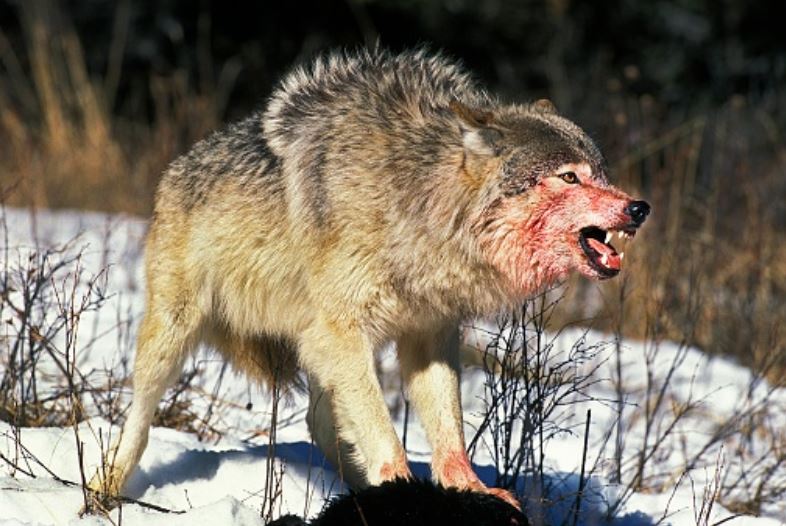Two newly released wolves into Colorado come from depredating Five Points pack in Oregon
Rachel Gabel
The Fence Post
On July 21, OFW authorized the killing of up to four wolves from the Five Points Pack after two attacks on livestock within a week, which were the second and third depredations in the area within eight months. USDA employees killed two adult females, one adult male, and a yearling female from the problem pack by Aug. 4.
CPW Director Jeff Davis and his staff testified before the House Agriculture Committee on Sept. 12, 2023, that they would do everything possible not to bring “problem” wolves to Colorado. An email to CPW asking why they released Five Points pack wolves from the chronically depredating pack have not yet been returned.
According to John Williams, the co-chair of the Oregon Cattlemen’s Association Wolf Committee who serves as the Eastern Oregon Wolf Committee Chair. He has been involved with the association’s Wolf Committee since its inception in 1996. Williams retired from a long career as an Extension agent at Oregon State University. He was an associate professor in the Department of Animal and Range Sciences at OSU where he worked for over 31 years. He began in 2008 conducting wolf/cattle interaction research and continued that work with a cadre of researchers until his retirement.
Williams said there is controversy whether removing a specific problem wolf from a depredating pack will stop the depredation. He said there is no research to support that, and the findings on the ground do not support the theory. Rather, he said, wolf pack size has some bearing on whether a pack depredates livestock.
“Once a pack starts to depredate on livestock, they tend to include livestock in their diet in the future,” he said. “It does not say they always eat livestock but it’s more like they acquire a taste for it, they like it, and they stay on it and they may not.”
VISIT TO COLORADO
Williams visited the Gunnison, Colo., area and said the release sites are very close in proximity to private lands and with wolves traveling hundreds of miles over the course of a week, the scale of wolf territory is sizable. To answer the question of what wolves are going to eat, he said, isn’t unlike a group of six teenagers in a car driving down a street filled with restaurants.
“To answer the question what they’re going to eat is just like that group of teenagers,” he said. “One of them will pipe up and say they’re hungry and the next restaurant they come to is the one they’ll likely turn into unless the alpha male, the driver in this instance, says they’re going somewhere else.”
He said over-analyzing what a wolf will eat next is just that: over-analyzing.
“That’s a long answer to your short question of will these wolves that were sent to Colorado going to depredate on livestock,” he said. “The answer is yes. Right away? I don’t know.”
In Oregon, Williams said the highest depredation incidences tend to be during times when cattle are concentrated from gathering in the fall in August through December. Depredations slow when cattle are close to the ranches and elk are readily available.
Continue reading here
Subscribe to RANGE magazine
Call 1-800-RANGE-4-U
You may also like
-
Foot deformities in Texas foals caused by effects of nearby wind turbines
-
Omnibus bill provision would “unleash” electronic tracking on nation’s cattle
-
Arizona rancher sues to stop million-acre national monument
-
Bob West: Facing the reality of wolves, Colorado ranchers need to be prepared
-
Protect The Harvest: The whole truth about Western ranching


